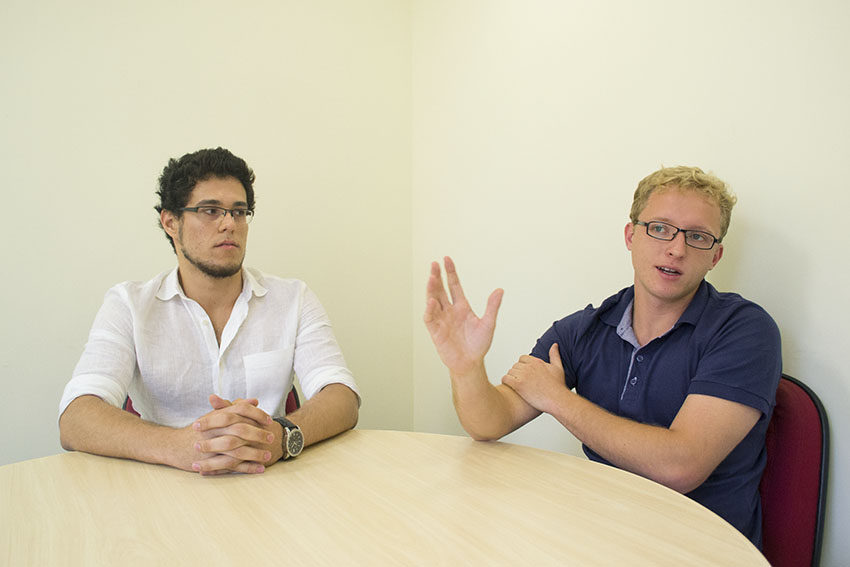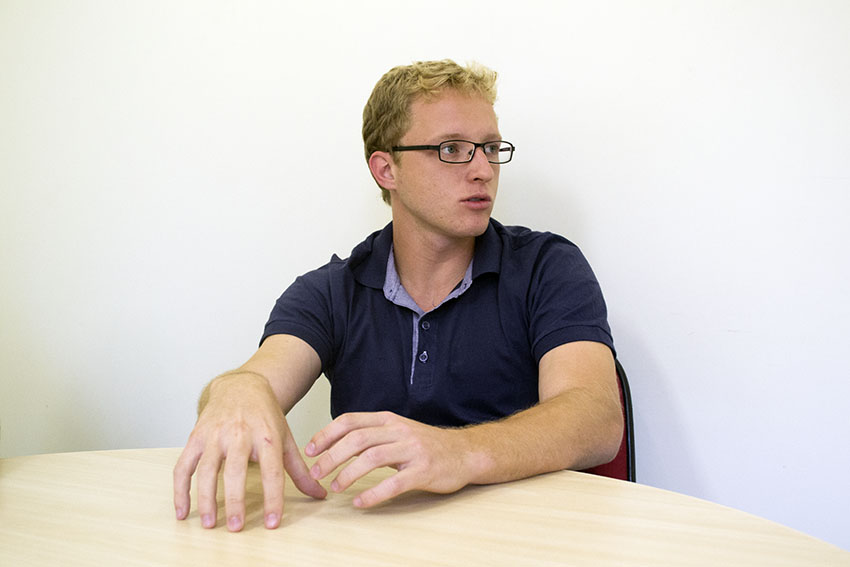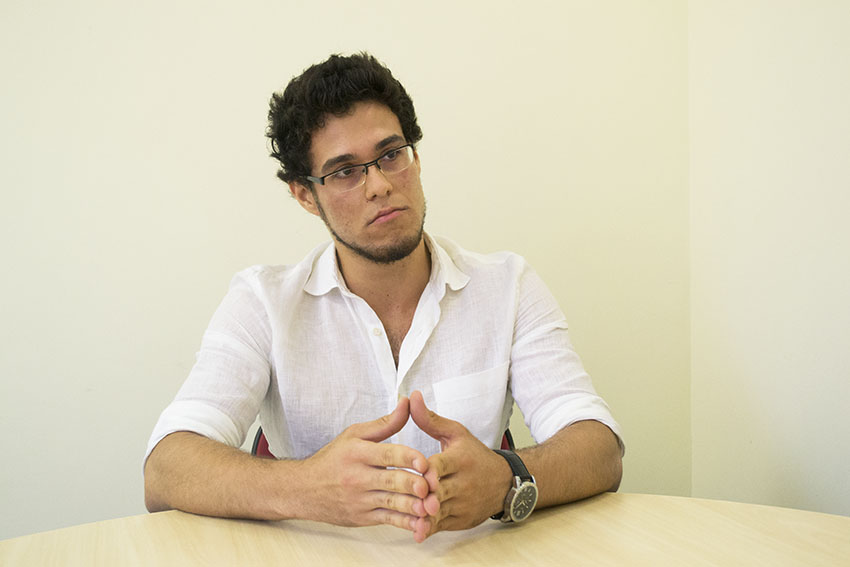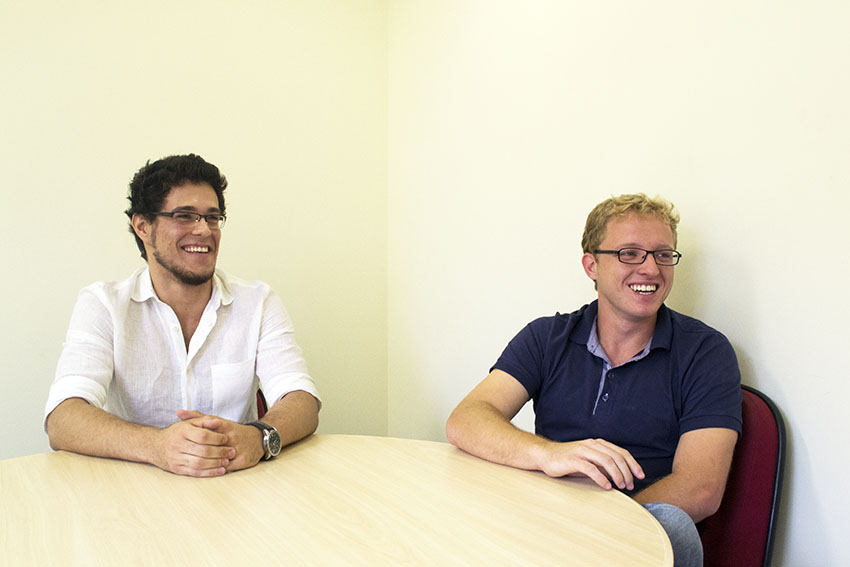Four Student Misconceptions about Learning
By Maryellen Weimer, PhD
"Efficient and effective learning starts with a proper mindset," Stephen
Chew writes in his short, readable, and very useful chapter, "Helping
Students to Get the Most Out of Studying." Chew continues, pointing out
what most of us know firsthand, students harbor some fairly serious
misconceptions that undermine their efforts to learn. He identifies
four of them.
- Learning is fast — Students think that learning can happen a lot faster than it does. Take, for example, the way many students handle assigned readings. They think they can get what they need out of a chapter with one quick read through (electronic devices at the ready, snacks in hand, and ears flooded with music). Or, they don't think it's a problem to wait until the night before the exam and do all the assigned readings at once. "Students must learn that there are not shortcuts to reading comprehension." (p. 216) Teachers need to design activities that regularly require students to interact with course text materials.
- Knowledge is composed of isolated facts — Students who hold this misconception demonstrate it when they memorize definitions. Chew writes about the commonly used student practice of making flash cards with only one term or concept on each card. The approach may enable students to regurgitate the correct definition, but they "never develop a connected understanding or how to reason with and apply concepts." (p.216) The best way for teachers to correct this misconception is by using test questions that ask students to relate definitions, use definitions to construct arguments, or apply them to some situation.
- Being good at a subject is a matter of inborn talent rather than hard work — All of us have had students who tell us with great assurance that they can't write, can't do math, are horrible at science, or have no artistic ability. Chew points out that if students hold these beliefs about their abilities, they don't try as hard in those areas and give up as soon as any difficulty is encountered. Then they have even more evidence about those absent abilities. Students need to bring to learning a "growth mindset," recognized by statements like this, "Yes, I'm pretty good at math, but that's because I've spend a lot of time doing it." Teacher feedback can play an important role in helping students develop these growth mindsets.
- I'm really good at multi-tasking, especially during class or studying — We've been all over this one in the blog. "The evidence is clear: trying to perform multiple tasks at once is virtually never as effective as performing the tasks one at a time focusing completely on each one." (p. 217) Chew also writes here about "inattentional blindness" which refers to the fact that when our attention is focused on one thing, we aren't seeing other things. "The problem of not knowing what we missed is that we believe we haven't missed anything." (p.217)
Pointing out these misconceptions helps but probably not as much as
demonstrations. Students, especially those in the 18-24 age range,
don't always believe what their teachers tell them. The evidence
offered by a demonstration is more difficult to ignore.
Please be encouraged to read Chew's whole chapter (it's only eight pages). It's in an impressive new anthology which is reviewed in the February issue of The Teaching Professor newsletter. Briefly here, the book contains 24 chapters highlighting important research on the science of learning. The chapters are highly readable! They describe the research in accessible language and explore the implications of those findings. Very rarely do researchers (and most of these chapters are written by those involved with research) offer implementable suggestions. This book is full of them.
And here's the most impressive part about this book: you can download it for free. It's being made available by the American Psychological Association's Society for the Teaching of Psychology. Yes, it's a discipline-based piece of scholarly work, but as the editors correctly claim it's a book written for anyone who teaches and cares about learning. Kudos to them for providing such a great resource!
Please be encouraged to read Chew's whole chapter (it's only eight pages). It's in an impressive new anthology which is reviewed in the February issue of The Teaching Professor newsletter. Briefly here, the book contains 24 chapters highlighting important research on the science of learning. The chapters are highly readable! They describe the research in accessible language and explore the implications of those findings. Very rarely do researchers (and most of these chapters are written by those involved with research) offer implementable suggestions. This book is full of them.
And here's the most impressive part about this book: you can download it for free. It's being made available by the American Psychological Association's Society for the Teaching of Psychology. Yes, it's a discipline-based piece of scholarly work, but as the editors correctly claim it's a book written for anyone who teaches and cares about learning. Kudos to them for providing such a great resource!
Reference and link: Benassi, V. A., Overson, C. E., & Hakala, C. M. (Editors). (2014). Applying science of learning in education: Infusing psychological science into the curriculum. Available at the Teaching of Psychology website: http://teachpsych.org/ebooks/


 Angelo
Brito e Guilherme Rossi são jovens, talentosos e inteligentes.
Escolheram uma das profissões mais cobiçadas e valorizadas na
atualidade: a medicina. Seus ídolos são o inventor Thomas Edison, o
evolucionista Charles Darwin, o gênio Leonardo Da Vinci, os médicos
Paulo Vansolini, Leopoldo de Meis, Rudolph Virchow e José Lopes de Faria
– algo inusitado para quem tem apenas 22 anos de idade. Um sonho eles
têm em comum: ser cientista e descobrir a cura do câncer. Não à toa,
ambos desenvolvem pesquisas nessa área.
Angelo
Brito e Guilherme Rossi são jovens, talentosos e inteligentes.
Escolheram uma das profissões mais cobiçadas e valorizadas na
atualidade: a medicina. Seus ídolos são o inventor Thomas Edison, o
evolucionista Charles Darwin, o gênio Leonardo Da Vinci, os médicos
Paulo Vansolini, Leopoldo de Meis, Rudolph Virchow e José Lopes de Faria
– algo inusitado para quem tem apenas 22 anos de idade. Um sonho eles
têm em comum: ser cientista e descobrir a cura do câncer. Não à toa,
ambos desenvolvem pesquisas nessa área.














